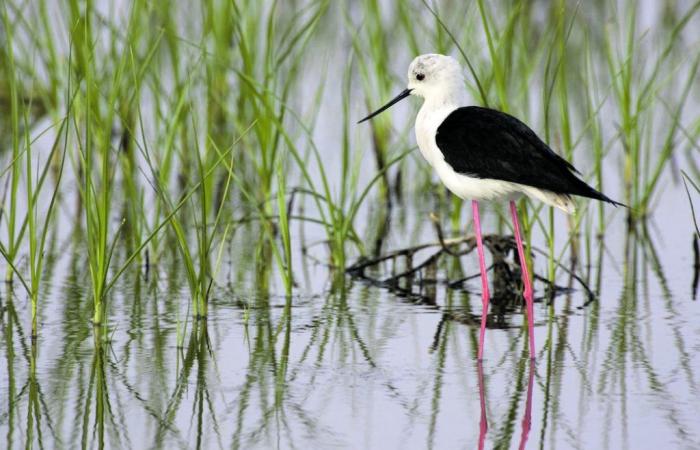The EU Council has given the green light to the law on nature restoration. Twenty countries voted in favor, six against, namely Italy, Hungary, the Netherlands, Poland, Finland and Sweden. Belgium abstained. The law comes as negotiations have begun for the Commission which will then be formalized in the European Council on the 27th and 28th and the new European Parliament must be installed. A rush that can be read as the desire to secure the law which provides for the restoration of at least 30% of threatened European habitats by 2030, at least 60% by 2040 and at least 90% by 2050.
The works envisaged by the regulation will concern wetlands, rivers, coasts, sea, prairies, woods, agricultural environments, urban greenery, with a program to restore European nature as impressive as it is necessary. The objective of the new Nature Restoration Law Regulation, for which the vote of the Austrian green minister in contrast with her government was decisive, is in fact to mitigate climate change and the effects of natural disasters. Among the areas of intervention there are also the abundance and diversity of wild pollinating insects, whose numbers in Europe have decreased drastically.
Member States will also have to implement measures to improve the population of grassland butterflies, the organic carbon stock of cultivated land and the share of agricultural land with highly diverse landscape characteristics: an attack on monocultures that abuse pesticides and herbicides of synthesis. Other key measures of the law are increasing the population of forest birds and ensuring that there is no net loss in urban green spaces and tree canopy cover until the end of 2030, which is difficult to implement at least in our country in the absence of a law that combats land consumption. It is also planned to transform at least 25 thousand kilometers of waterways into free-flowing rivers by 2030, removing artificial barriers to surface water connectivity.
Now it is up to the member countries to present national recovery plans to the Commission, even if Italy is strongly against it: «The green light confirms that in Brussels they want to ignore the signal that the voters gave at the polls. While citizens are saying enough to ideological environmentalism, the EU Council is moving forward with the Green Deal, thanks to the complicity of an Austrian Green minister, who mocks her own government led by a member of the People’s Party” said the deputy -president of the Senate and former Minister of Agriculture Centinaio (Lega). Legambiente, WWF and Lipu have a completely different opinion (“It is an unprecedented event for the work of conserving European biodiversity” said the president Alessandro Polinori), while the agricultural associations raise the fear of an attack on the sector.
Yesterday, meanwhile, the Council decided to conclude the United Nations Agreement on Biodiversity Beyond National Jurisdictions (BBNJ), also known as the “Treaty on Biodiversity on the High Seas”. The EU is now ready to deposit the instrument of ratification, a commitment that Brussels should conclude before the UN Conference on Oceans, scheduled for June 2025. The Treaty will enter into force as soon as it has been ratified by 60 countries. Currently, only 7 have ratified it, 89 signed. The document envisages shared governance over 95% of the ocean’s volume. Objective: to create marine protected areas on the high seas, protecting the oceans from anthropogenic pressures.



